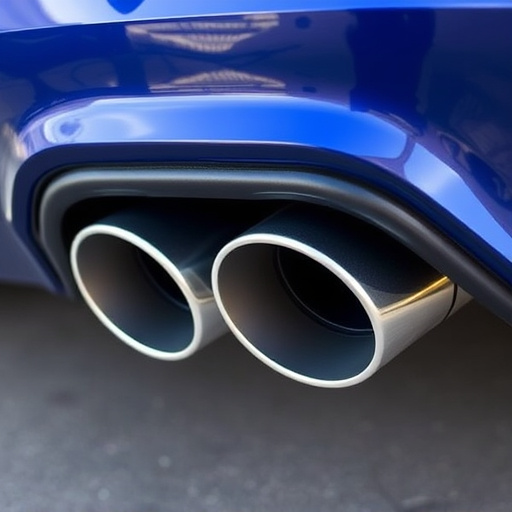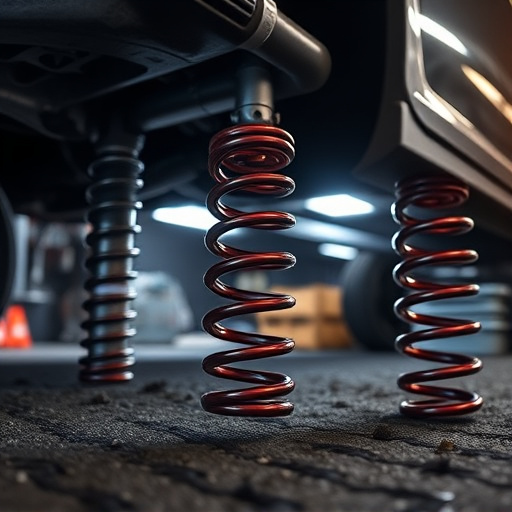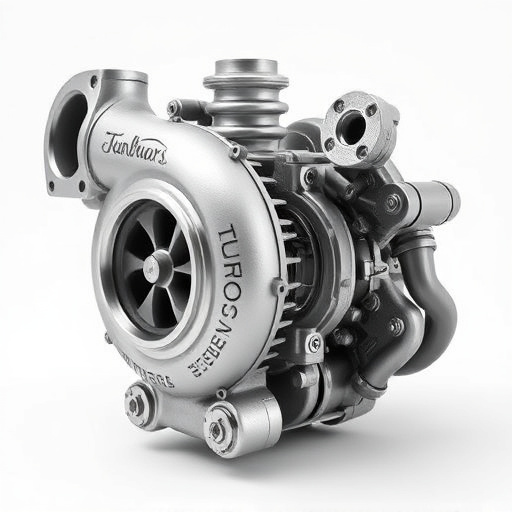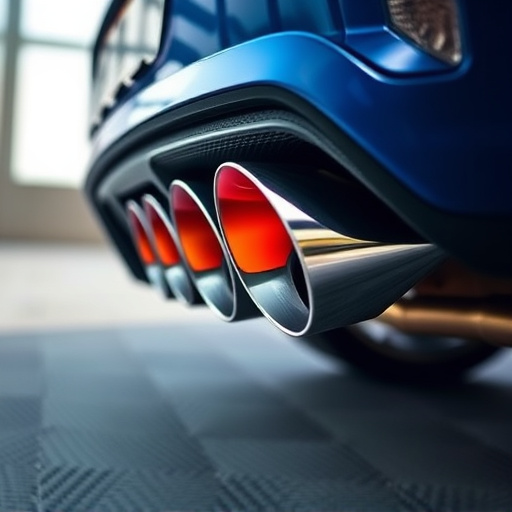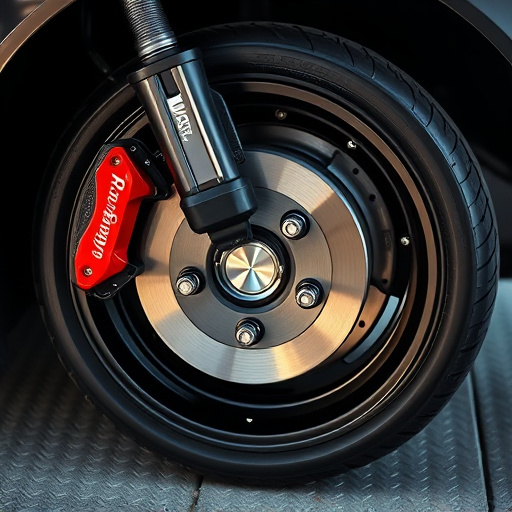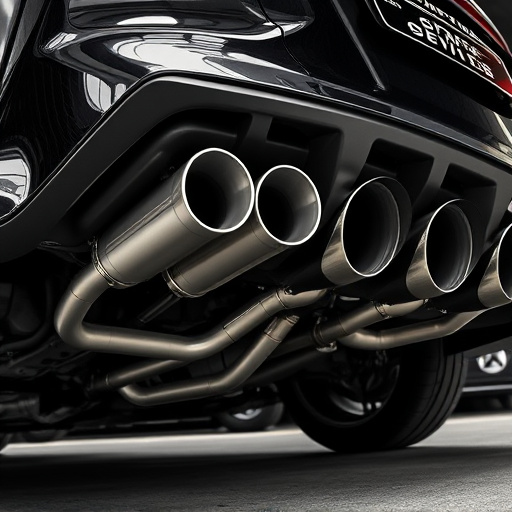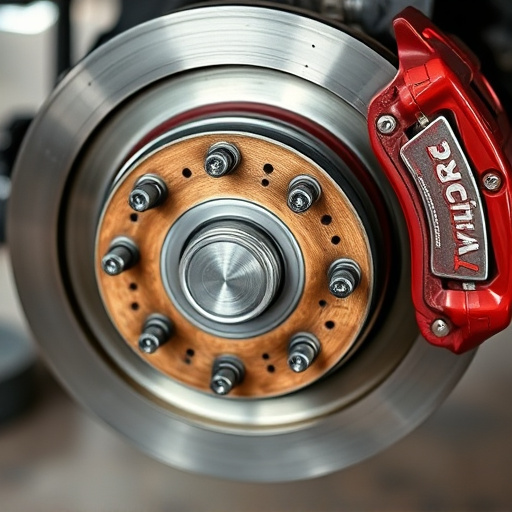A cat back exhaust system boosts car performance and sound by unblocking exhaust flow. DIY installation requires tools, materials, and safety gear, plus compatible components for a secure fit. Begin with tool gathering, elevate the vehicle, remove old parts, align and connect new components, test for leaks, and enjoy improved driving dynamics.
Looking to enhance your vehicle’s performance with a DIY cat back exhaust upgrade? This comprehensive guide is tailored for enthusiasts seeking an accessible, step-by-step approach. We’ll walk you through the fundamentals of cat back exhaust systems and essential tools needed for successful installation. From preparation to final fitting, master the art of tailoring your ride’s sound and power. Elevate your DIY automotive experience with these expert tips for a seamless cat back exhaust install.
- Understanding Cat Back Exhaust System Basics
- Gathering Tools and Materials for Installation
- Step-by-Step Guide to DIY Cat Back Exhaust Fitment
Understanding Cat Back Exhaust System Basics
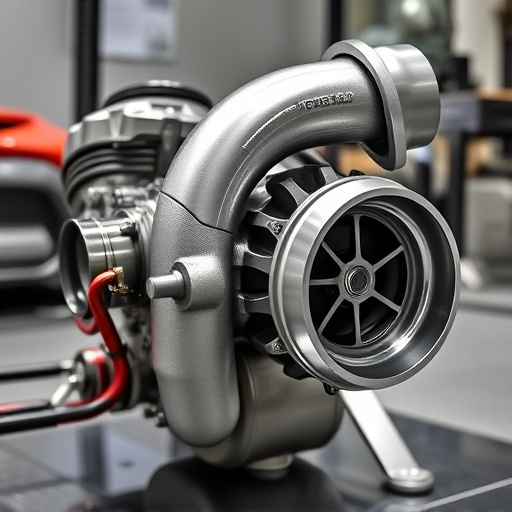
A cat back exhaust system is a popular modification for car enthusiasts looking to enhance their vehicle’s performance and sound. This type of exhaust system typically includes a catalytic converter (or cat) and a rear-end exhaust configuration that replaces the stock system’s muffler and tailpipe. By removing restrictions in the exhaust flow, a cat back exhaust can improve engine power and torque, resulting in better overall performance.
When installing a cat back exhaust, DIY enthusiasts should familiarize themselves with the various components involved. This includes understanding how the new exhaust system connects to the engine, ensuring proper alignment with the vehicle’s frame and existing hardware, and considering upgrades to complementary parts like brake rotors and coilover kits for a more balanced performance upgrade. Properly integrating these components will not only enhance driving dynamics but also contribute to a smoother, more enjoyable overall experience.
Gathering Tools and Materials for Installation
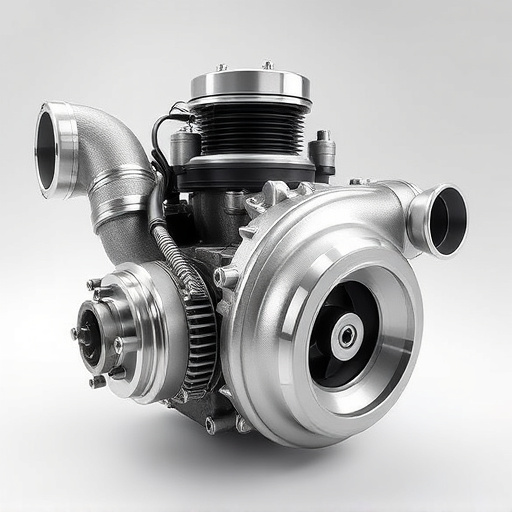
Before tackling any cat back exhaust installation, DIY enthusiasts should carefully gather all necessary tools and materials. This includes a range of specialized equipment such as wrenches, sockets, ratchets, and screwdrivers to ensure a secure fitment. Additionally, essential safety gear like gloves and safety glasses is crucial for protecting against sharp edges and hot components during the process.
For optimal vehicle performance, consider acquiring high-quality exhaust components including headers, hangers, gaskets, and, of course, the cat back exhaust system itself. Upgrading your air filter kits can also significantly impact engine efficiency, enhancing overall driving experience. Remember to check compatibility with your make and model, ensuring a seamless fit and avoiding unnecessary complications during installation.
Step-by-Step Guide to DIY Cat Back Exhaust Fitment
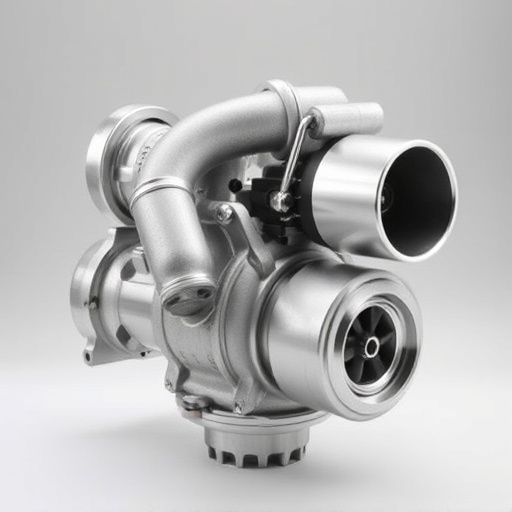
Installing a cat back exhaust system is a popular modification for DIY enthusiasts looking to enhance their vehicle’s performance and sound. Here’s a straightforward guide to help you navigate this project. Start by gathering all necessary tools and components, including your chosen cat back exhaust, gaskets, bolts, and the appropriate air filter kits. Ensure your vehicle is elevated on a safe support system, providing easy access to the underbody.
Next, locate the factory exhaust system’s connection points. Carefully remove any existing exhaust pipes, hangers, and suspension components that get in the way. With the old parts out of the way, align and connect the new cat back exhaust system according to the manufacturer’s instructions. Remember to tighten the bolts securely while ensuring proper sealing with gaskets. Once fitted, test the system for leaks, and enjoy the improved performance and sound your DIY cat back exhaust installation has brought to your vehicle.
Upgrading your vehicle’s exhaust system with a DIY cat back exhaust installation can significantly enhance performance and improve overall driving experience. By understanding the basics, gathering the right tools and materials, and following a detailed step-by-step guide, you can achieve professional results without breaking the bank. Remember, safety first, but with the right know-how, installing a cat back exhaust is a rewarding project for any DIY enthusiast looking to elevate their vehicle’s performance and sound.







